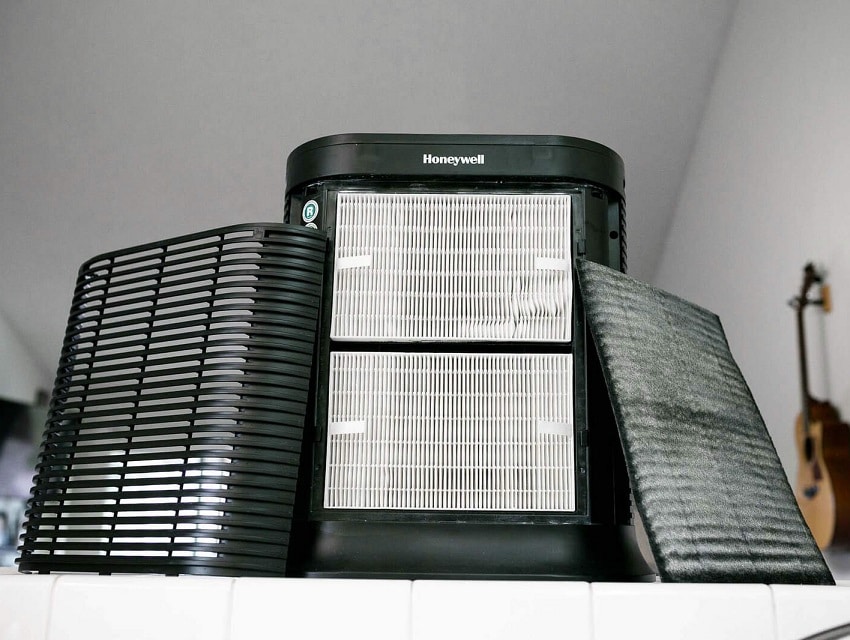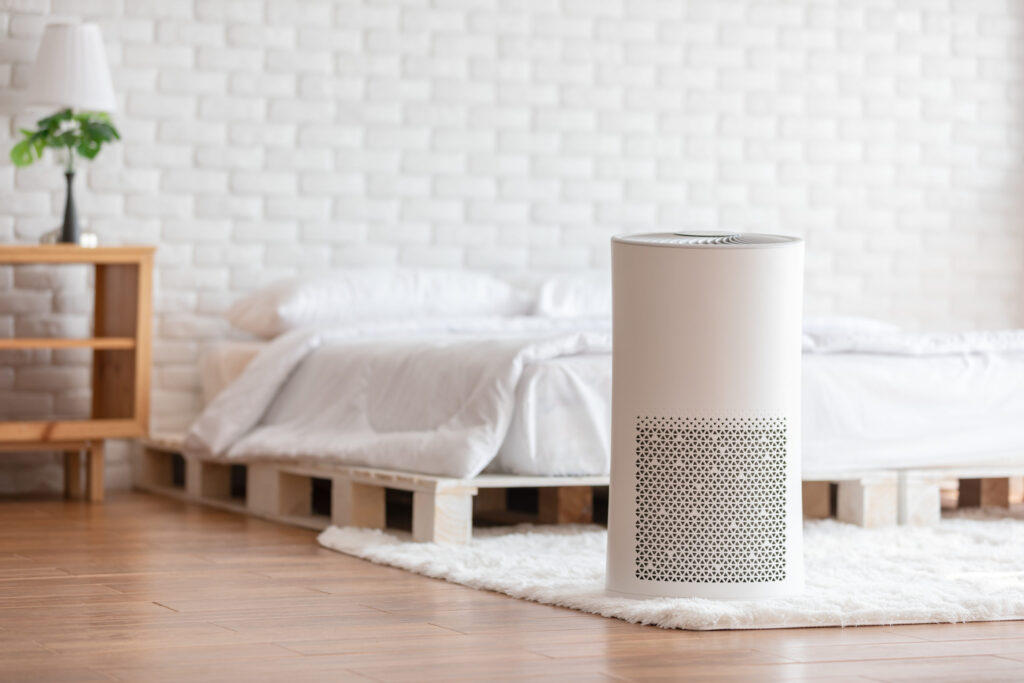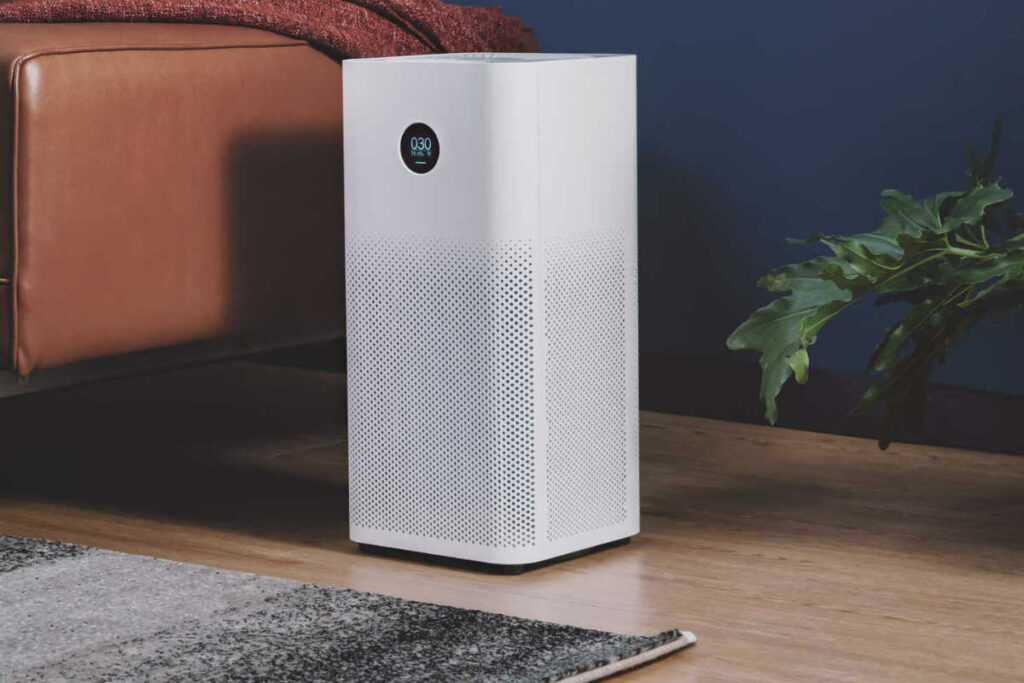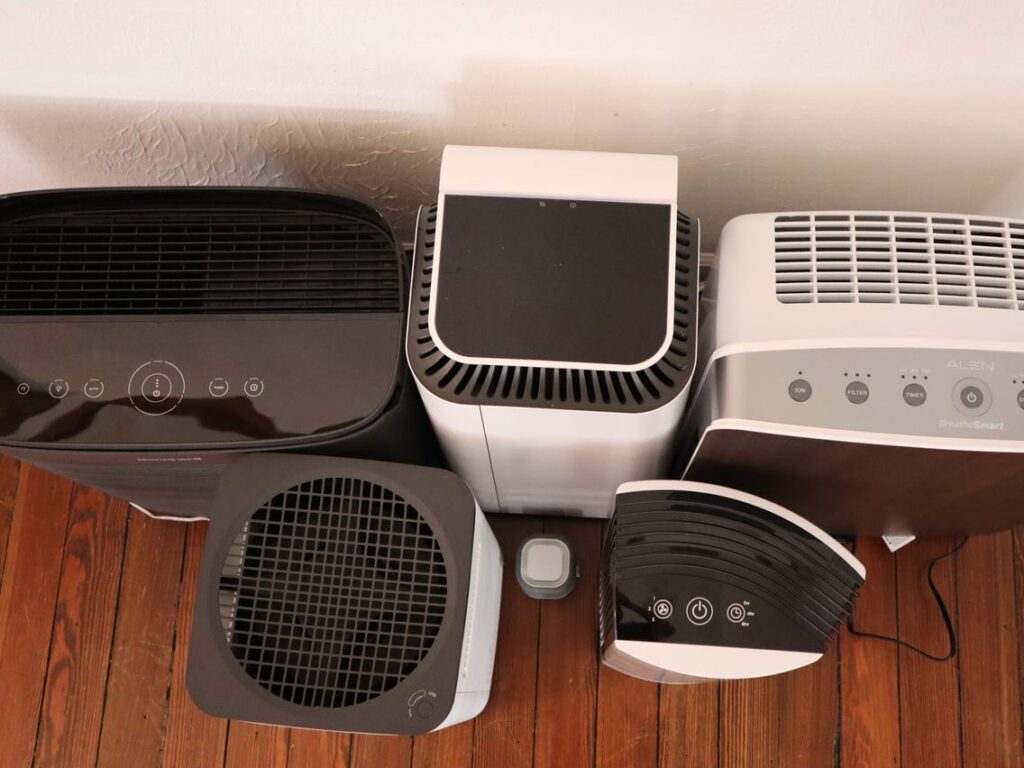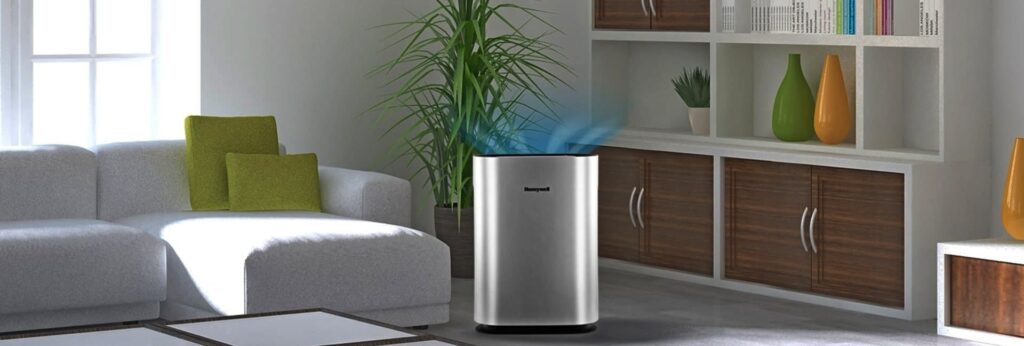An air purifier is a very functional device for people with allergies, for smokers, and the general purification of the home. Some are also used in places prone to mold. Sometimes, it can be hard to tell if an air purifier is working. This is because not all air purifiers make noise. In this article, we’ll see how to tell if air purifier is working.
The air purifier works quite simply Trusted Source Air purifier - Wikipedia An air purifier or air cleaner is a device which removes contaminants from the air in a room to improve indoor air quality. en.wikipedia.org . But there are some clarifications to be made about the types of air purifiers and how they work.
We will also try to focus on how different contaminants in the air are neutralized or eliminated by purifiers, based on different techniques. Whether you have a purifier that uses ultraviolet light, a HEPA filter, or both, there are ways you can know your filter is working. First, how does an air purifier work?
In general terms, air purifiers work very simply: a device of this type captures the air thanks to the use of fans. Then the air itself passes through different types of filters and is returned to the purified environment, and with much fewer harmful particles inside it.
The differences, as it is easy to understand, mainly depend on the type of filtration that is applied to the air. Air purifiers work differently depending on the type. There are mainly four technologies used in air purifiers. These include models with HEPA filters, carbon filters, with ion generation, or with UV radiation.
All these technologies serve to eliminate different types of particles present in the air, each with its effectiveness and its specificity.
HEPA filter purifiers essentially have filters in the form of very thin sheets put in series (HEPA means High-Efficiency Particulate Air Filters) that can have an efficiency of up to 99.995 %. This means that they can retain 99.995% of particles of 0.3 µm and larger. They are therefore highly effective, as the name implies, and are found in whole house air purifiers.
Carbon filter purifiers, on the other hand, have the particularity of having the so-called activated carbon inside. This material, having a very high specific surface (1g of activated carbon can have an overall specific surface equal to that of a football field!).
A peculiarity of the activated carbon filters present in air purifiers is to greatly reduce the presence of odors in the air (which does not happen with purifiers with HEPA filters).
You can check if your air purifier is working by checking the airflow in the filter, checking the filter, using an air quality monitor.
There are different ways for testing air flow. One of these is with the Clean Air Transfer Rate (CADR).
CADR indices were developed by the Association of Home Appliance Manufacturer (AHAM) in the 1980s. It allows the public and users of purifiers to check the claims made by manufacturers of air purifiers.
It measures the effectiveness of air purifiers (the freestanding models especially). However, you can’t make use of CADR ratings for the whole house air purifier systems.
CADR works by testing the performance of air purifiers for the first 20 minutes of their operation. It measures the number of particles removed by the air that flows through the unit. It measures using the term called CFM (cubic feet/minute).
Another way to see if an air purifier is working is by checking the filter. This can be done manually or by using the filter indicator light.
Another way to check if the air purifier is working is through the filter indicator light. If the light is indicating the need for replacement, then the unit will not be effective until it’s changed. Once the filter is replaced, you’ll need to turn off the warning light and the unit will keep working normally.
After some days of working, check the filter and see if it is dirty or clean. If it’s clean (like you put it there), then the air purifier isn’t working. Air purifiers with filters work with the filters trapping the dust and other dirt.
If the pre-filter, HEPA, or other filter is clean, that means the unit isn’t working. If the filters are dirty, it may be that the dirt are preventing the unit from working. Just clean and wash or replace the filter and reinstall.
Another way to check is by testing the quality of the air. You can do this by simply getting an air quality monitor.
The air quality monitors measure the level of indoor air pollution. It assesses the indoor air quality in real-time. The monitor is equipped with varying sensors that are specific to each of the pollutant.
An air quality monitor analyzes the composition of the air as well as the suspended particles that it has.
It is used mainly to analyze air environments and evaluate their quality, in this way preventive measures can be put in place. The technology is available in sensors, apps, and the internet of things.
One of the most popular models that work with an app is the Airthings 4200 House Kit. The IoT can be controlled from an app and can be used for multiple rooms.
According to most reviews, the Air Quality Monitor, designed by EG is by far one of the most reliable and functional ones. It detects formaldehyde and has a sensor that detects and tests indoor pollution.
At the slightest anomaly, it alerts you so that you can take the necessary measures. Asides from ambient pollution by CO2 emissions, among other things, you should also know that hotplates, household appliances, or lack of ventilation can also affect air quality.
All of these factors are managed by the continuous air monitor. While they have been around for a very long time and are usually used by scientists and professionals, air monitors also allow individuals to monitor indoor air quality.
Air purifiers are electronic units that filter the toxic and dirty air around us, especially in our homes. However, for several reasons, an air purifier may stop working and the air situation will return as it were before purchasing the unit. Usually, the problem is either because of dirty filters. But first, to know what to do, you have to find out the source of the problem. One of the ways out is to buy and install or use an air monitor which is available in app, sensors, or IoTs. Another way is also to check the filter indicator light or check the filter manually. We hope you now know how to tell if air purifier is working and you will be able to find a solution.
